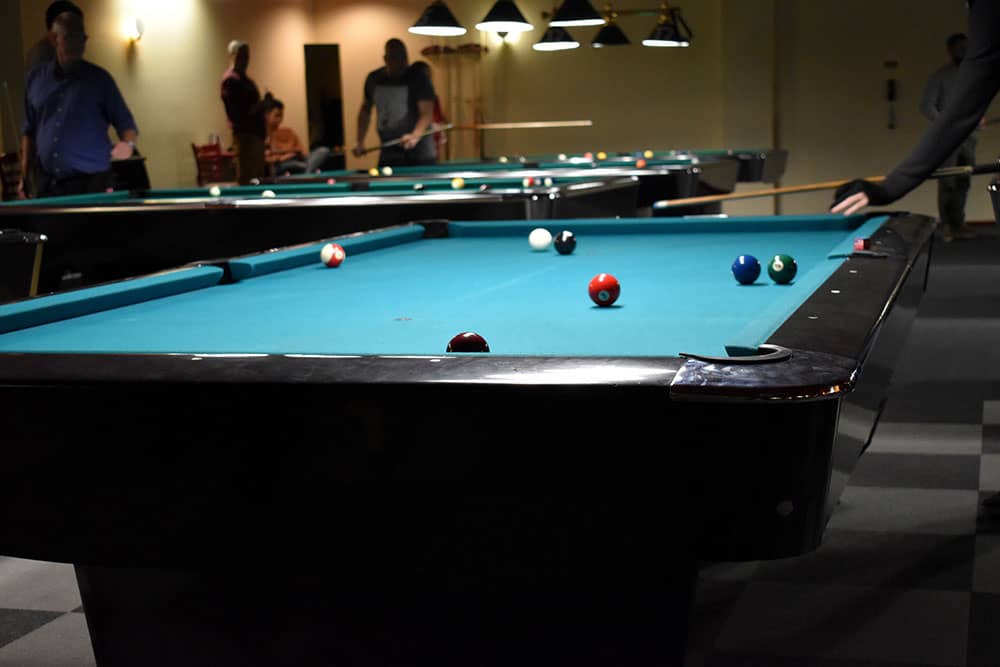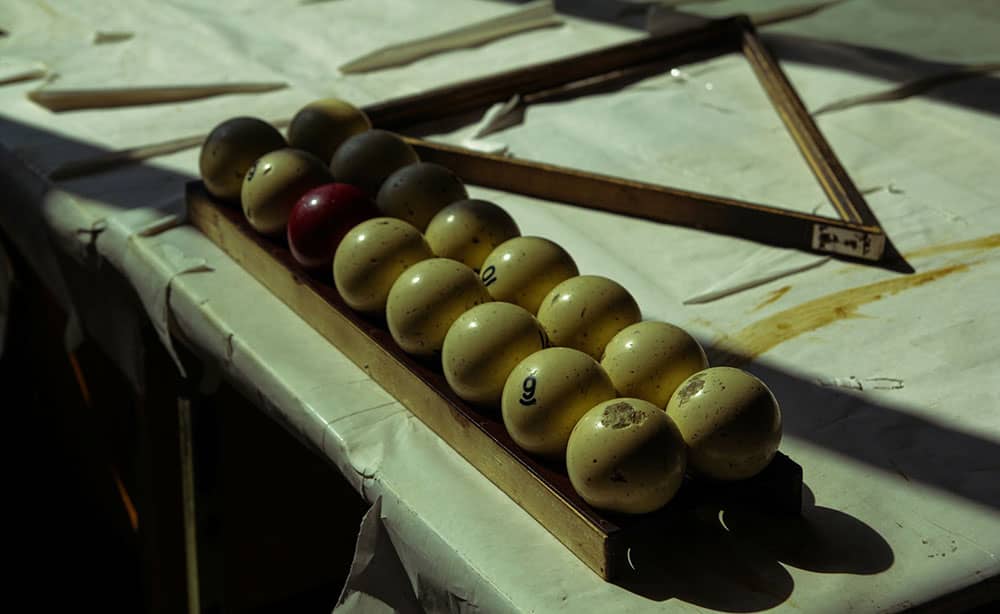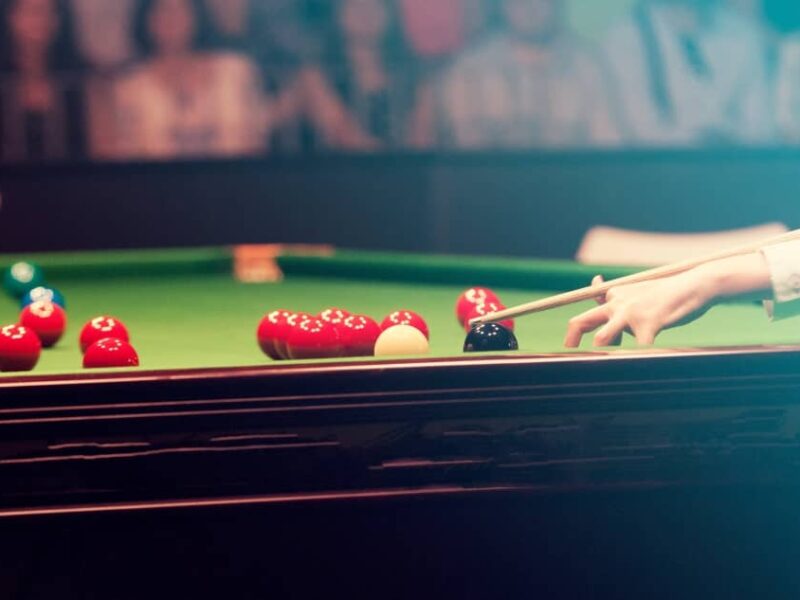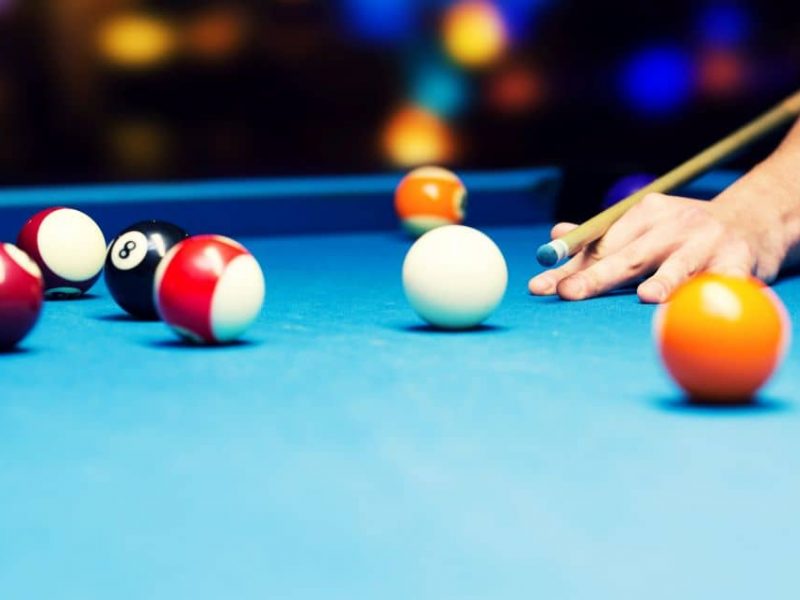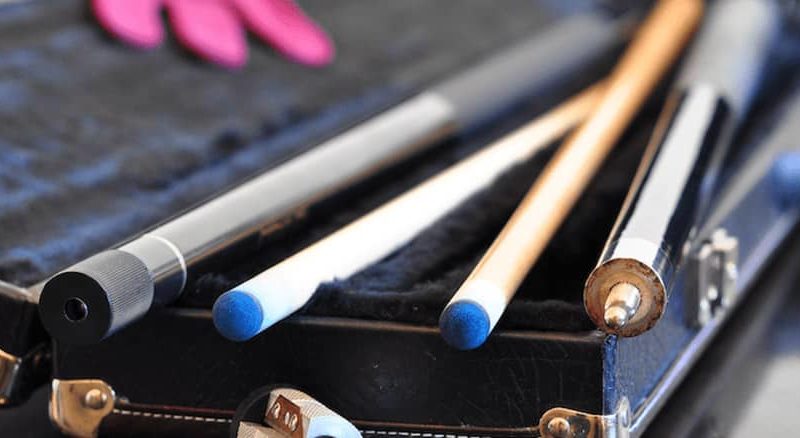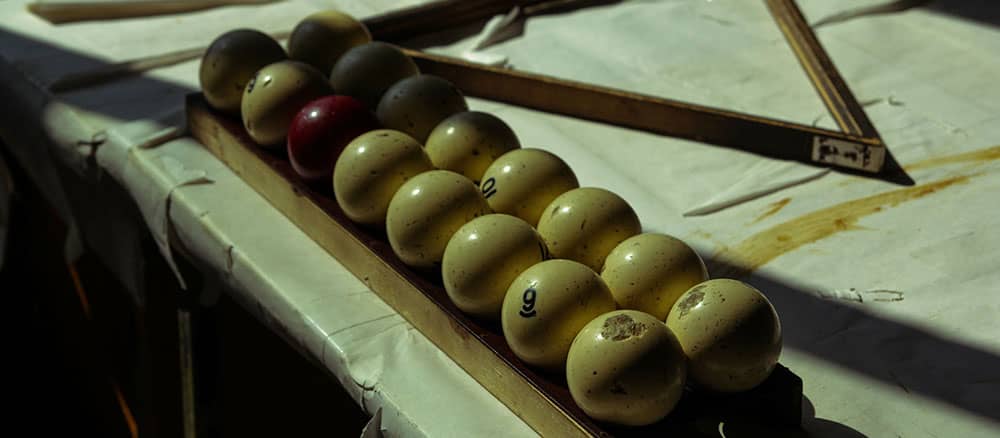
The Changing Image of the Game of Pool
The game of pool has certainly experienced a chequered history.The origin of the game of pool or billiards (in its numerous forms) goes back to at least the 14th century The first historical references to a game that was the likely precursor to modern billiards described an outdoor lawn game that also shared similarities to croquet. The game took place in France in the 1340s and was popular with royalty and other members of the French upper class.
After some time, the game moved indoors, and participants played it on a table with a green cloth that mimicked the grass where the game initially took place when it was played by royalty, heads of state, and the privileged class. It was known as “The Sport of Kings”.
Later US Presidents including Washington, Jefferson, Grant and Roosevelt put tables in the White House.
The popularity of the game continued to spread through the royal and upper class across Europe. By the 1700s, nearly all gentlemen took part in billiards. The game made its way across the pond, where Americans enjoyed the game of pool. For the most part, billiards was still a game for gentlemen and heads of state.
There are many accounts of United States Presidents who enjoyed playing billiards. During his presidency (1825-1829) John Quincy Adams was the first President to bring a pool table into the White House.
American Presidents Who Enjoyed Pool
Some of the earliest Presidents to enjoy billiards:
- George Washington
- Thomas Jefferson
- John Quincy Adams
- Ulysses S. Grant
- Theodore Roosevelt
Author, Mark Twain wrote, “pool playing is better than any doctor’s medicine”.
The Early International Development of Pool
Over the centuries, there was a natural evolution to the game of pool. The changes took place geographically, for the most part. During the late 1700s and into the 1800s, four distinct paths diverged from the game’s initial form.
- The French – While many variations on pool developed in France over time, Carom Billiards or Carambole became one of the most popular types. The general objective of Carom Billiards is striking your opponent’s white ball as well as another red ball in a single shot. The pockets of a pool table were not necessary for the game and served as general annoyances.
- The United Kingdom – Billiards took on numerous changes in the United Kingdom. Naturally, these games went to the various nations that were parts of the United Kingdom. The games evolved further in individual countries. Some of the most popular games springing from the original game include:
- The Winning Game
- The Losing Game
- English Billiards
- Snooker
- The United States – The United States was still a British colony when billiard sports landed on the continent. Along with independence came several new ways of enjoying the game of pool. Some of these games include:
- Four-Ball Billiards
- One-Pocket
- Fifteen Ball Pool
Prior to developing these and other popular pool games, Americans generally imported their games and playing the traditional favourite from Europe.
- The Italians – In Italy, a variation of billiards called Five-Birilli or Italian Five Pin Billiards. The game most commonly goes by International Five Pin Billiards. Five Pin Billiards play involves a table with no pockets, three balls and five skittles or pins. A player’s goal is to knock their opponent’s ball into the red ball and subsequently knock over the pins and scoring points.
Pool’s Image Problem
The classic ‘game of kings’ has dealt with various image problems over the past 600 plus years. Once pool halls became common, pool sharks and hustlers fought for a piece of the profits. The issue became so significant that in 1757, England banned the game from its taverns.
Since the late 1800’s the image of the game has changed radically. Pool and, more specifically pool halls, have fought for respectability – particularly in America where many movies and numerous television shows have influenced the image of the game.
Preconceived notions about billiards and those who frequented pool halls continued to be poor throughout the 1800s and into the 1900s as well.
In the early 1900s pool had a very bad reputation. Pool halls were traditionally smoke-filled environments in which men gathered to loiter, fight, bet and play so they were often the target of politicians eager to show their ability to purge immorality from the communities. Truants skipped school to hang out and learn pool hustling. Anyone who spent time in these parlours was a pool shark and viewed on as having a “misspent youth”.
Three American Films That Strongly Impacted Pool’s Image
As we frequently see, popular culture shapes opinions regardless of facts. This notion is especially true when looking at several movies which had strong effects on the image of the game of pool and pool halls.
- The Music ManThe Music Man, a movie released in 1962, typifies the image at the time of pool halls and the game. In the film, a scheming travelling salesman incites concern among the parents of River City that their boys are being seduced into sin and vice by the town’s new pool table.Verses from the lyrics of “Ya Got Trouble” in that movie describes the perceived effects of pool on the young generation:
“Well, either you’re closing your eyes
To a situation you do now wish to acknowledge
Or you are not aware of the calibre of disaster indicated
By the presence of a pool table in your community.
Ya got trouble, my friend, right here,
I say, trouble right here in River City”.“And all week long your River City
Youth’ll be frittern away,
I say your young men’ll be frittern!
Frittern away their noontime, suppertime, choretime too!
Get the ball in the pocket,
Never mind gittin’ Dandelions pulled
Or the screen door patched or the beefsteak pounded.
Never mind pumpin’ any water
‘Til your parents are caught with the Cistern empty
On a Saturday night and that’s trouble,
Oh, yes we got lots and lots a’ trouble”. - The HustlerThe release of the movie, The Hustler, with Paul Newman in the title role, was a game-changer. The popularity of pool surged in the early 1960s. As a result, pool rooms opened up around the world, and more particularly in the United States. The game flourished until social concerns, the Vietnam War and an increase in outdoor activities led to a decline in the game.
- The Colour of MoneyHowever, in 1986 the game of pool gets another shot in the arm of respectability and trendiness from the release of the movie, The Colour of Money, introduced the game to another generation. The movie was a sequel to The Hustler with Paul Newman in the same role and a young Tom Cruise as an up-and-coming professional.The opening of upscale pool “centres” catered to the new breed of player introduced to the game by heartthrob, Tom Cruise. In the years following, great strides were made in dispelling the pool hall stereotype of the past. The new pool centres bore little resemblance to the smoke-filled pool rooms of old with the decor more like the restaurants that catered for families. Cappuccino and expresso sales took over the revenue from cigarettes Quality tables and equipment, clean surroundings, expert tuition and the chance for people to meet socially for a friendly evening attracted a new breed of social player. These venues changed the image of pool forever and resulted in a great interest in cue sports.
Pool became “cool” and became one of America’s hottest pastimes. Tom Cruise and Paul Newman were the trendsetters but other celebrities, such as Robert DeNiro, Michelle Pfeiffer, Luke Perry, Eddie Murphy, Danny DeVito, Bruce Willis and Kathleen Turner, could be found playing pool in movies and on television. Entertainers David Bowie, Michael J Fox, Madonna and Jerry Seinfeld became avid players and a part of the 46 million Americans playing pool. This new popularity was reflected around the world where various forms of the game were played.
Pool became the fastest growing sport in America. In fact, at one stage it became the top participation sport in the USA – above bowling and basketball.
It no longer was considered a man’s sport. Women and youth flocked to the sport when it was discovered that strategy, focus and a good eye marked a skilled player and not size and strength. Women soon accounted for one-third of all pool players in the United States. Pool tables were installed in virtually every senior citizen centre.
The stereotypical unemployed, sleazy “pool shark” of old was replaced by the professional pool player, generally from a very respectable background.
Sales of pool tables for the home were at an all-time high.
#
The Popularity of Pool in Australia
Billiard games rapidly became a hot trend in Australia. The increase in popularity links to the game’s status all over the globe; as well as to the influence of a new style of pool hall.
Pot Black Family Pool and Snooker Centres led the way in Australia in the 1980s when it set up an upmarket chain of venues in Perth where families could safely play the game and enjoy food and refreshments in a clean and smoke-free environment. Saturday morning and after school sessions for children became so popular that pool was registered as an official school sport in the state of Western Australia. Hundreds of schools entered teams in a statewide competition with the finals held in the prestigious offices of the Department of Education in front of hundreds of spectators.
The popularity of the sport began to decline at the turn of the 21st century. The advent of computer games and the internet took over. Pool is a slow game and young people wanted action with high visual effects and instant gratification. Many pool rooms were forced to close.
The sale of pool tables for home use in Australia declined as the trend towards apartment living and homes on smaller blocks with more bedrooms left little space for a pool table. Where there was space, theatre rooms replaced the Games Room. Social Media and anything involving a screen have become the main form of entertainment in some homes.
Numerous factors helped to build the popularity of billiards in Australia, but the sport is not new to the country. In 1906, Australian National Billiards Championship became one of the first (and now one of the oldest) prizes in Australian sport.
Famous Australian Players:
- Walter Lindrum
- Bob Marshall
- Jim Long
- Tom Cleary
- Robby Foldvari
- Matthew Bolton
Billiard Tables in the Home
For decades pool tables were a fixture and had a significant place numerous homes. These often were the focal point of family rooms or game rooms and were a great place to enjoy family time as well as sharpen skills for playing outside the home.
Having a pool table is an instant way to break the ice and enjoy the company of friends and family. Since pool does not require significant strength or other capabilities, generations can enjoy playing the game together.
Yet, despite these changes, many people are buying pool tables for their homes.
Billiard tables now range from the standard table to creatively designed tables that serve more than one purpose. Extremely high-end tables are often handcrafted and appear as veritable works of art.
The Decline of Popularity
Cue games provide a great deal of enjoyment for the whole family and is a game where all ages can interact socially and communicate.
The various forms of pool have been around for over 500 years and, without doubt, pool and related cue sports will continue to be played around the world for many more decades to come.
Final Thoughts
While many of the finer points of billiards evolved throughout the centuries, the game remains a great way to gather friends and family together for fun and competition. At Quedos we can help you find the perfect pool, billiards or snooker table for you home, get in touch today.



